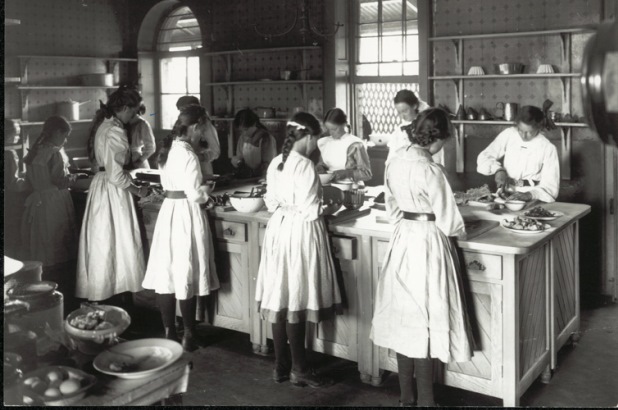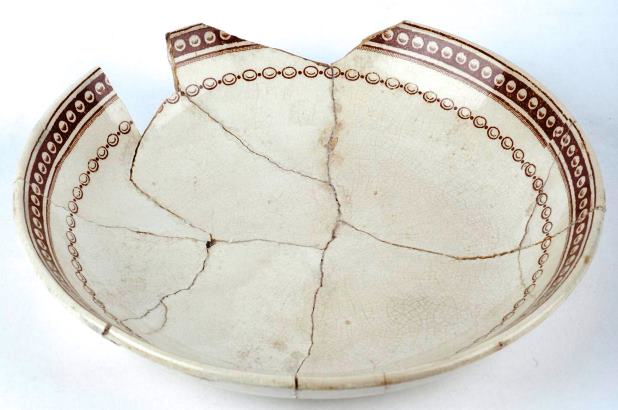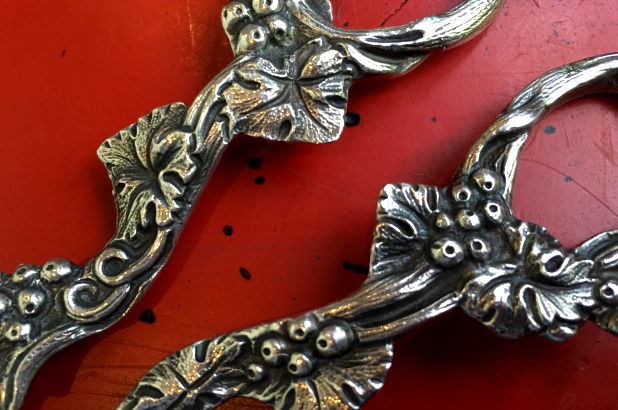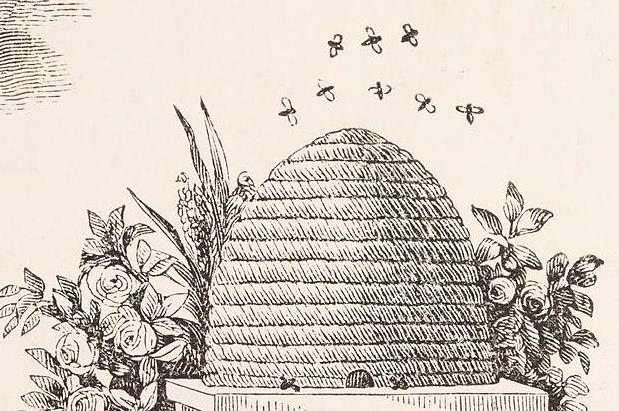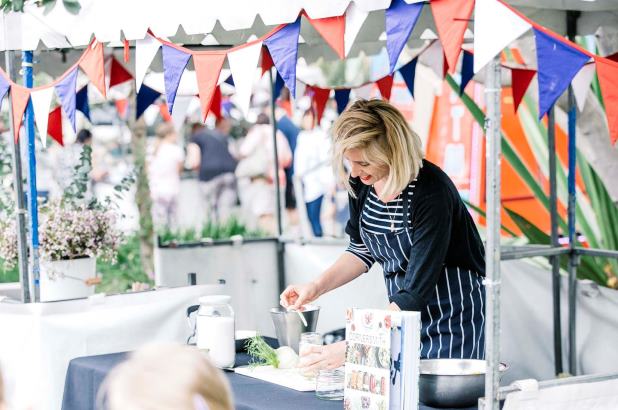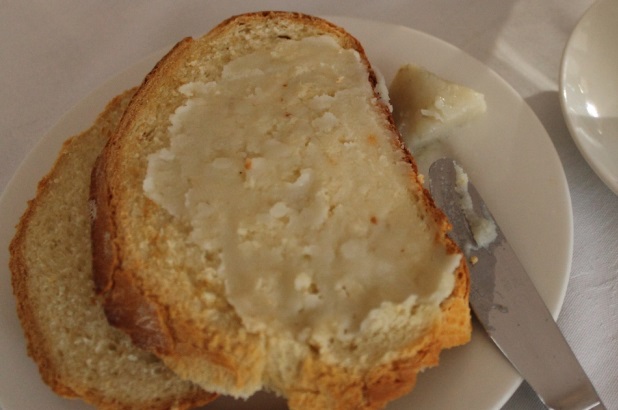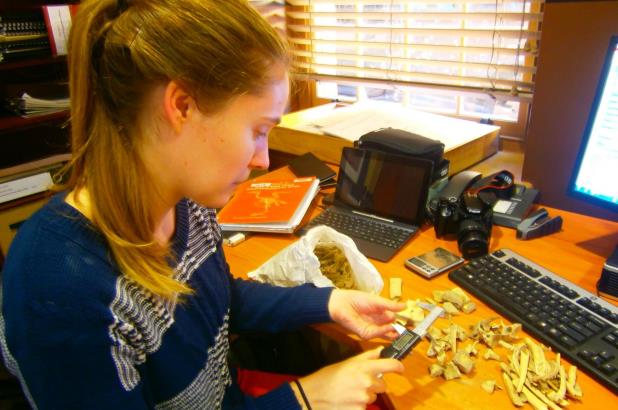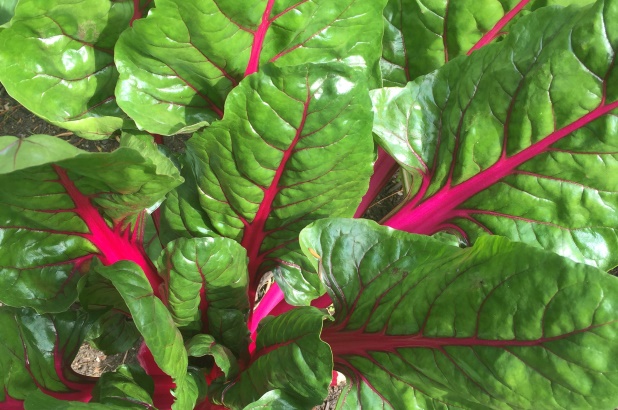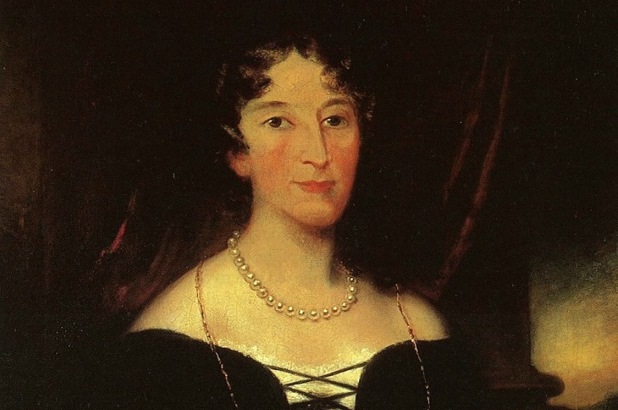Kim Connor is an Honours student in the Department of Archaeology at the University of Sydney. Her thesis, ‘Feeding the confined’ is an analysis of the animal bone from Hyde Park barracks in order to investigate the diet of the women of the Immigration Depot and the Destitute Asylum (1848-1886).
By studying the bones, I’m discovering other unofficial ways that the women supplemented and varied their diets. One of the big surprises has been how much evidence there is for meat that wasn’t on the official ration: rabbit, chicken and other fowl, oysters and even crab! Explaining why there is a difference between the archaeological record and the historical sources is key to understanding how these institutions worked, and the experience of the women who lived there.
Kim also writes about historical food for her blog Turnspit & Table with ‘an anti-miserablist approach to historical cooking’ and is a regular participant in the Historical Food Fortnightly.
